What I Was Taught Growing Up: Wild Edible Plants And Animals Were Just So Naturally Abundant That The
What I was taught growing up: Wild edible plants and animals were just so naturally abundant that the indigenous people of my area, namely western Washington state, didn't have to develop agriculture and could just easily forage/hunt for all their needs.
The first pebble in what would become a landslide: Native peoples practiced intentional fire, which kept the trees from growing over the camas praire.
The next: PNW native peoples intentionally planted and cultivated forest gardens, and we can still see the increase in biodiversity where these gardens were today.
The next: We have an oak prairie savanna ecosystem that was intentionally maintained via intentional fire (which they were banned from doing for like, 100 years and we're just now starting to do again), and this ecosystem is disappearing as Douglas firs spread, invasive species take over, and land is turned into European-style agricultural systems.
The Land Slide: Actually, the native peoples had a complex agricultural and food processing system that allowed them to meet all their needs throughout the year, including storing food for the long, wet, dark winter. They collected a wide variety of plant foods (along with the salmon, deer, and other animals they hunted), from seaweeds to roots to berries, and they also managed these food systems via not only burning, but pruning, weeding, planting, digging/tilling, selectively harvesting root crops so that smaller ones were left behind to grow and the biggest were left to reseed, and careful harvesting at particular times for each species that both ensured their perennial (!) crops would continue thriving and that harvest occurred at the best time for the best quality food. American settlers were willfully ignorant of the complex agricultural system, because being thus allowed them to claim the land wasn't being used. Native peoples were actively managing the ecosystem to produce their food, in a sustainable manner that increased biodiversity, thus benefiting not only themselves but other species as well.
So that's cool. If you want to read more, I suggest "Ancient Pathways, Ancestral Knowledge: Ethnobotany and Ecological Wisdom of Indigenous Peoples of Northwestern North America" by Nancy J. Turner
More Posts from Aem9phase and Others
While I wholly support media piracy and absolutely think it is something you should do, there is one essential step you should take before heading to your preferred torrenting site:
CHECK IF YOUR LOCAL PUBLIC LIBRARY HAS IT.
Not only is it safe, legal, and far less likely to fill your computer with malware, but you are actively supporting an organization whose entire ethos is free access to information.
You don’t necessarily even need to go in-person! Many libraries have their entire catalogue available to browse online, some will deliver right to your door, and most libraries have digital catalogues as well through sites like Libby.
And lots of modern public libraries are SO MUCH MORE than just an archive of books. Safe injection sites, makerspaces, tool libraries, aquaponic gardens, recording studios, and so much more (or less depending on the library system) are available FOR FREE through your local public library.
Libraries are the socialist ideal in praxis in a lot of ways. Most are unionized, they’re a public service that ACTS LIKE IT, and they’re almost completely free to use.
TLDR: Piracy’s good, libraries are better


this is so funny. in my evil wizard chamber learning fucked up evil math
reminder to worldbuilders: don't get caught up in things that aren't important to the story you're writing, like plot and characters! instead, try to focus on what readers actually care about: detailed plate tectonics






























Mafia in undertale
Doopal is my mafia OC. These are doodles that I drew personally. There are so many images, so I'm going to upload them more as a reblog
i dont consider myself a 'fashion guru' by any means but one thing i will say is guys you dont need to know the specific brand an item you like is - you need to know what the item is called. very rarely does a brand matter, but knowing that pair of pants is called 'cargo' vs 'boot cut' or the names of dress styles is going to help you find clothes you like WAAAYYYY faster than brand shopping
dropbox containing linguistics textbooks
contains 34 textbooks including etymology, language acquisition, morphology, phonetics/phonology, psycholinguistics, sociolinguistics, & translation studies
dropbox containing language textbooks
contains 123 language textbooks including ASL, Arabic, Bengali, Cantonese, (Mandarin) Chinese, Croatian, Czech, Danish, Dutch, Estonian, Farsi, French, German, Greek, Hebrew (Modern & Ancient), Hindi, Hungarian, Icelandic, Indonesian, Irish, Italian, Japanese, Khmer, Korean, Latin, Lithuanian, Nahuatl, Norwegian, Polish, Portuguese, Punjabi, Romanian, Russian, Serbian, Slovene, Spanish, Swahili, Swedish, Tagalog, Tamil, Thai, Turkish, Urdu, Vietnamese, Welsh
dropbox containing books about language learning
includes fluent forever by gabriel wyner, how to learn any language by barry farber, polyglot by kató lomb
if there’s a problem with any of the textbooks or if you want to request materials for a specific language feel free to message me!

reblog if you made it this far somehow
truly what is r the main differences like ACTUAL differences not things in common with adhd and autism
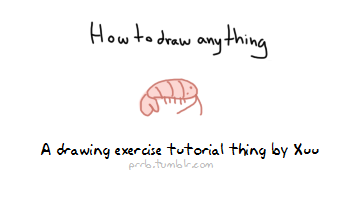

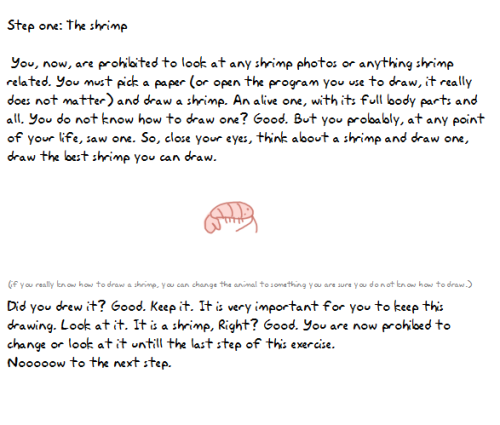
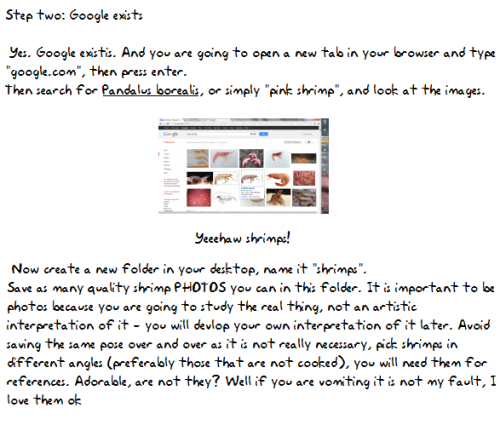
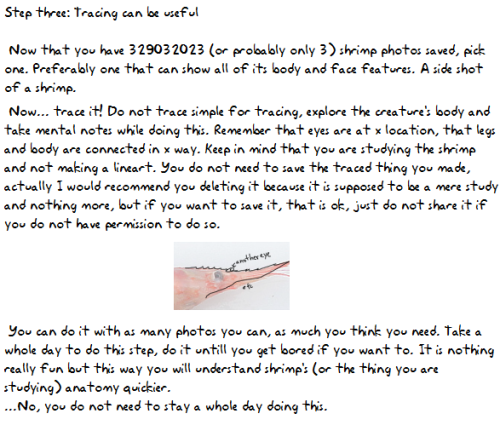
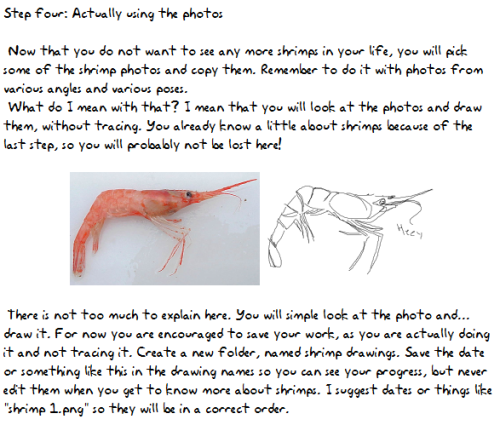

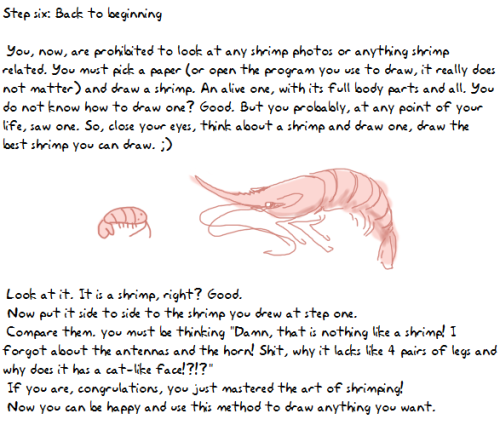
How I pratice drawing things, now in a tutorial form. The shrimp photo I used is here Show me your shrimps if you do this uvu PS: lots of engrish because foreign
-
 logical-haunting liked this · 3 days ago
logical-haunting liked this · 3 days ago -
 bisonposting reblogged this · 3 days ago
bisonposting reblogged this · 3 days ago -
 spikedmuffin reblogged this · 3 days ago
spikedmuffin reblogged this · 3 days ago -
 rawmen-nooodles liked this · 3 days ago
rawmen-nooodles liked this · 3 days ago -
 spikedmuffin liked this · 3 days ago
spikedmuffin liked this · 3 days ago -
 gingermenace liked this · 4 days ago
gingermenace liked this · 4 days ago -
 swampwitch97 reblogged this · 4 days ago
swampwitch97 reblogged this · 4 days ago -
 blood-fang liked this · 4 days ago
blood-fang liked this · 4 days ago -
 andwhydee liked this · 4 days ago
andwhydee liked this · 4 days ago -
 sillystaccato reblogged this · 4 days ago
sillystaccato reblogged this · 4 days ago -
 sillystaccato liked this · 4 days ago
sillystaccato liked this · 4 days ago -
 thehappysatan reblogged this · 4 days ago
thehappysatan reblogged this · 4 days ago -
 thehappysatan liked this · 4 days ago
thehappysatan liked this · 4 days ago -
 bibimbobibliophile reblogged this · 4 days ago
bibimbobibliophile reblogged this · 4 days ago -
 averys-aura liked this · 4 days ago
averys-aura liked this · 4 days ago -
 cuteisthecure liked this · 4 days ago
cuteisthecure liked this · 4 days ago -
 germwarfare70 reblogged this · 4 days ago
germwarfare70 reblogged this · 4 days ago -
 divine-anarchy liked this · 4 days ago
divine-anarchy liked this · 4 days ago -
 piqersgf liked this · 4 days ago
piqersgf liked this · 4 days ago -
 quinnheartwick reblogged this · 4 days ago
quinnheartwick reblogged this · 4 days ago -
 quinnheartwick liked this · 4 days ago
quinnheartwick liked this · 4 days ago -
 stormofthesea liked this · 5 days ago
stormofthesea liked this · 5 days ago -
 cu-taibhseil liked this · 5 days ago
cu-taibhseil liked this · 5 days ago -
 prehearted liked this · 5 days ago
prehearted liked this · 5 days ago -
 heirenorm liked this · 5 days ago
heirenorm liked this · 5 days ago -
 trying-to-homestead reblogged this · 5 days ago
trying-to-homestead reblogged this · 5 days ago -
 she-calls-me-bugga liked this · 5 days ago
she-calls-me-bugga liked this · 5 days ago -
 thebrindedcat liked this · 5 days ago
thebrindedcat liked this · 5 days ago -
 theoneandonlyqueen reblogged this · 5 days ago
theoneandonlyqueen reblogged this · 5 days ago -
 theoneandonlyqueen liked this · 5 days ago
theoneandonlyqueen liked this · 5 days ago -
 kindly-gourd liked this · 5 days ago
kindly-gourd liked this · 5 days ago -
 mooshroomgirlfriend reblogged this · 5 days ago
mooshroomgirlfriend reblogged this · 5 days ago -
 mooshroomgirlfriend liked this · 5 days ago
mooshroomgirlfriend liked this · 5 days ago -
 the-blue-substitute reblogged this · 5 days ago
the-blue-substitute reblogged this · 5 days ago -
 dandelionbitch reblogged this · 5 days ago
dandelionbitch reblogged this · 5 days ago -
 smallscarecrow liked this · 5 days ago
smallscarecrow liked this · 5 days ago -
 seireikiri liked this · 5 days ago
seireikiri liked this · 5 days ago -
 timelords-moose reblogged this · 5 days ago
timelords-moose reblogged this · 5 days ago -
 midwestbramble reblogged this · 5 days ago
midwestbramble reblogged this · 5 days ago -
 lemonandink reblogged this · 5 days ago
lemonandink reblogged this · 5 days ago -
 lemonandink liked this · 5 days ago
lemonandink liked this · 5 days ago -
 sentient-elven-technomagic liked this · 5 days ago
sentient-elven-technomagic liked this · 5 days ago -
 thecardreader reblogged this · 5 days ago
thecardreader reblogged this · 5 days ago -
 thecardreader liked this · 5 days ago
thecardreader liked this · 5 days ago -
 saturnianspaceghost reblogged this · 5 days ago
saturnianspaceghost reblogged this · 5 days ago -
 thisblurbisanerd reblogged this · 5 days ago
thisblurbisanerd reblogged this · 5 days ago -
 saschagemruler reblogged this · 5 days ago
saschagemruler reblogged this · 5 days ago -
 bog-bitch reblogged this · 5 days ago
bog-bitch reblogged this · 5 days ago -
 starbornwolf liked this · 5 days ago
starbornwolf liked this · 5 days ago -
 ivyandbone reblogged this · 5 days ago
ivyandbone reblogged this · 5 days ago
